Conclusion
All in all, getting the perfect body is not rocket science, but it does come close! You need to be diligent, especially when it comes to your diet. Training and dieting go hand-in-hand when it comes to bodybuilding. Remember to first calculate your daily caloric needs then figure out how much more you need to put on muscle. From there, it’s all about the timing and the planning!Don’t forget to subscribe to my YouTube channel for more information about bodybuilding, nutrition, and fitness.
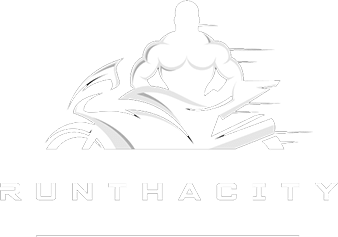
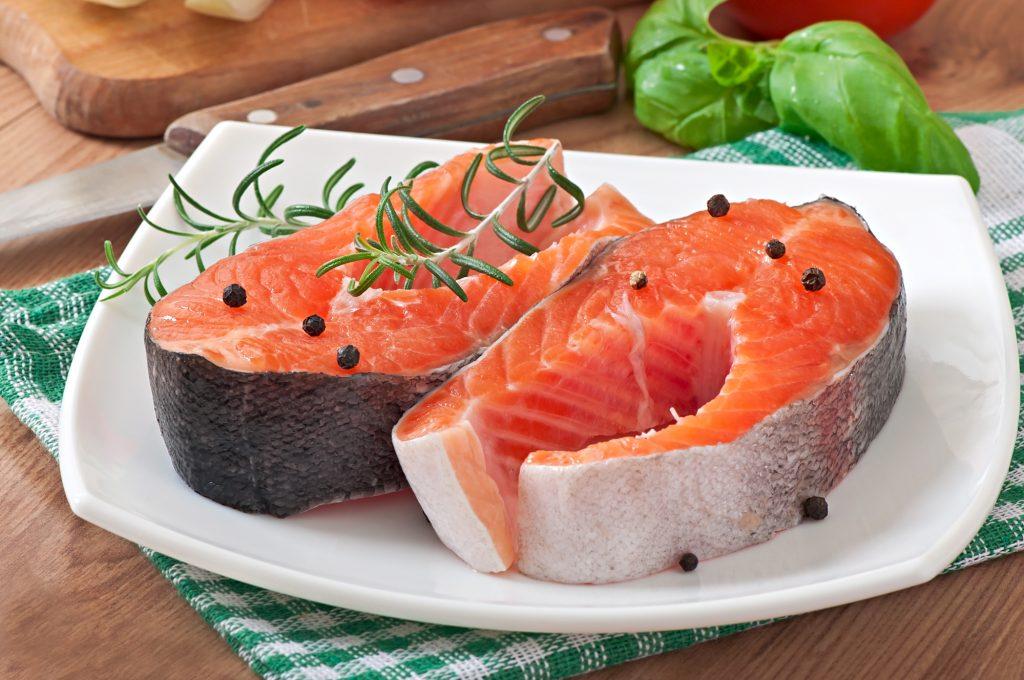
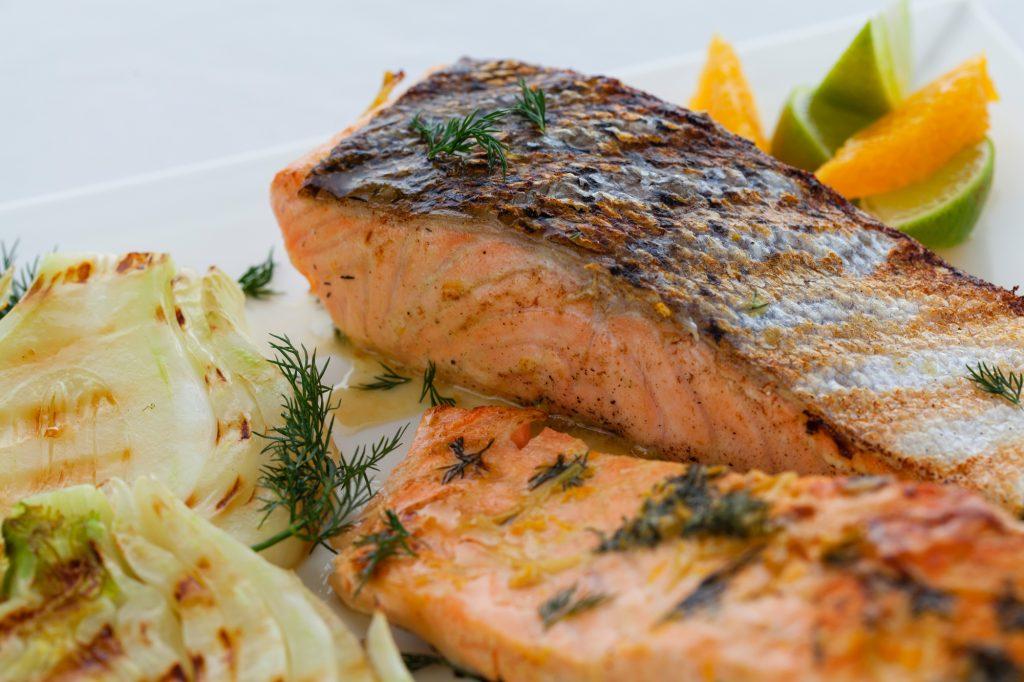
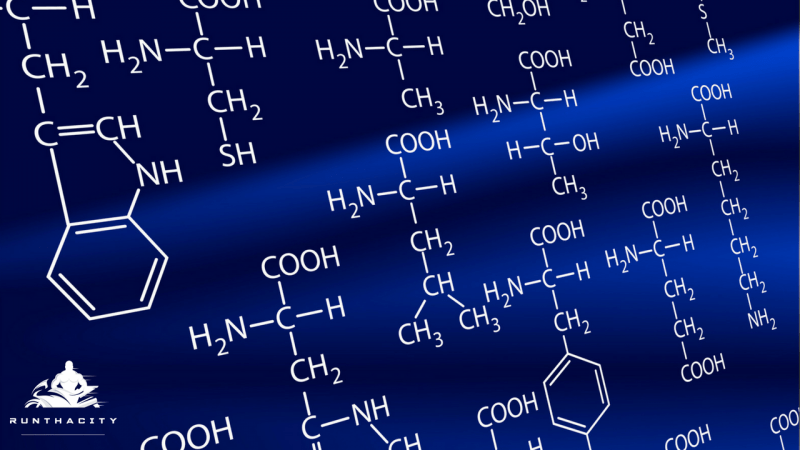

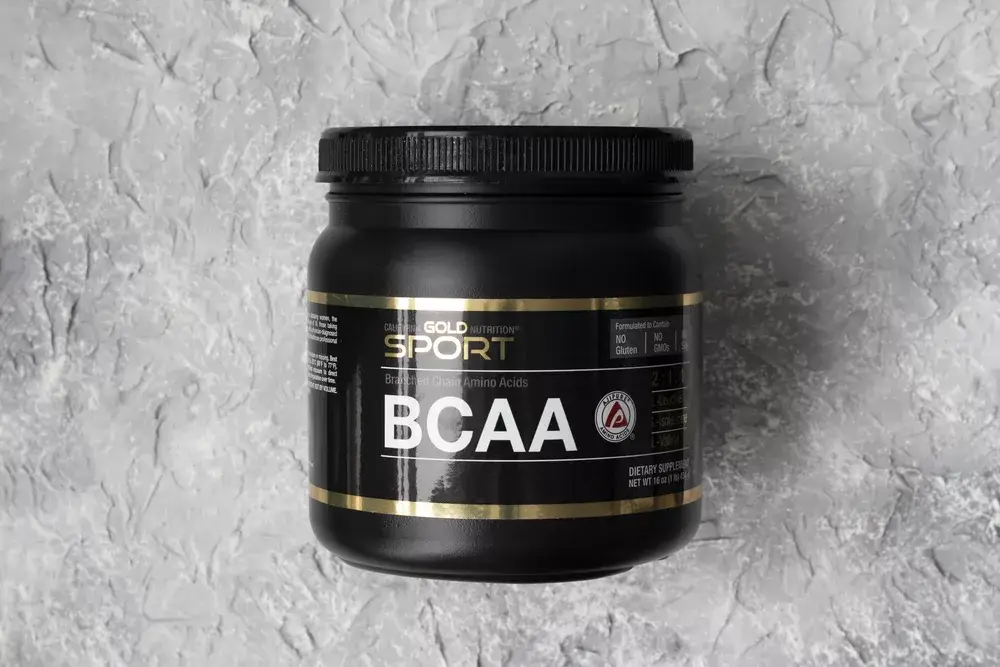
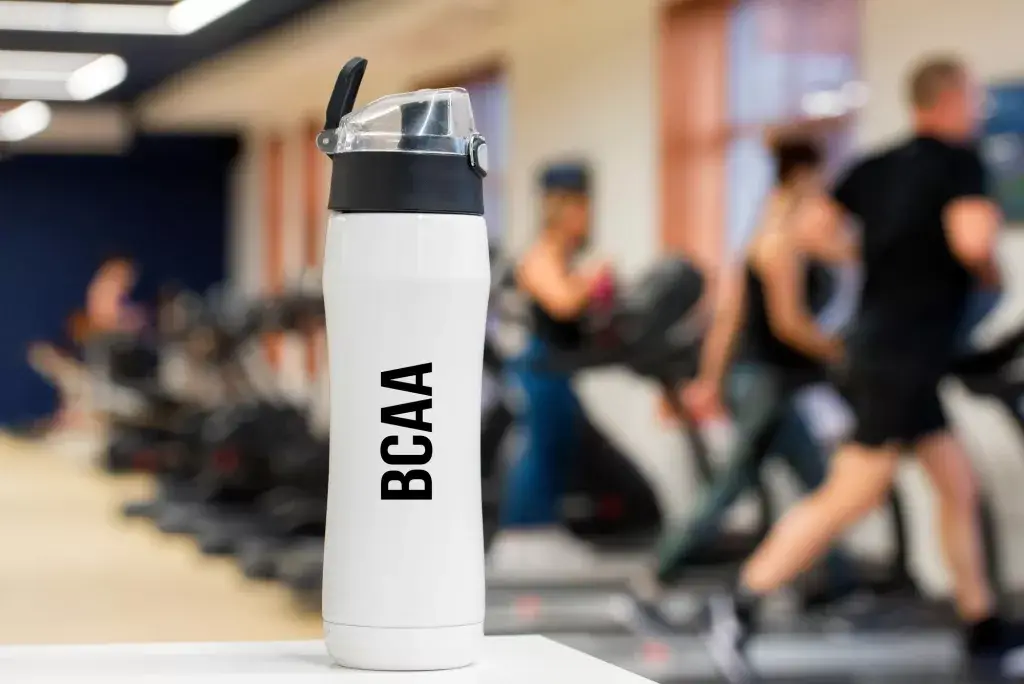









One comment on “What Is A Pescatarian Diet?”